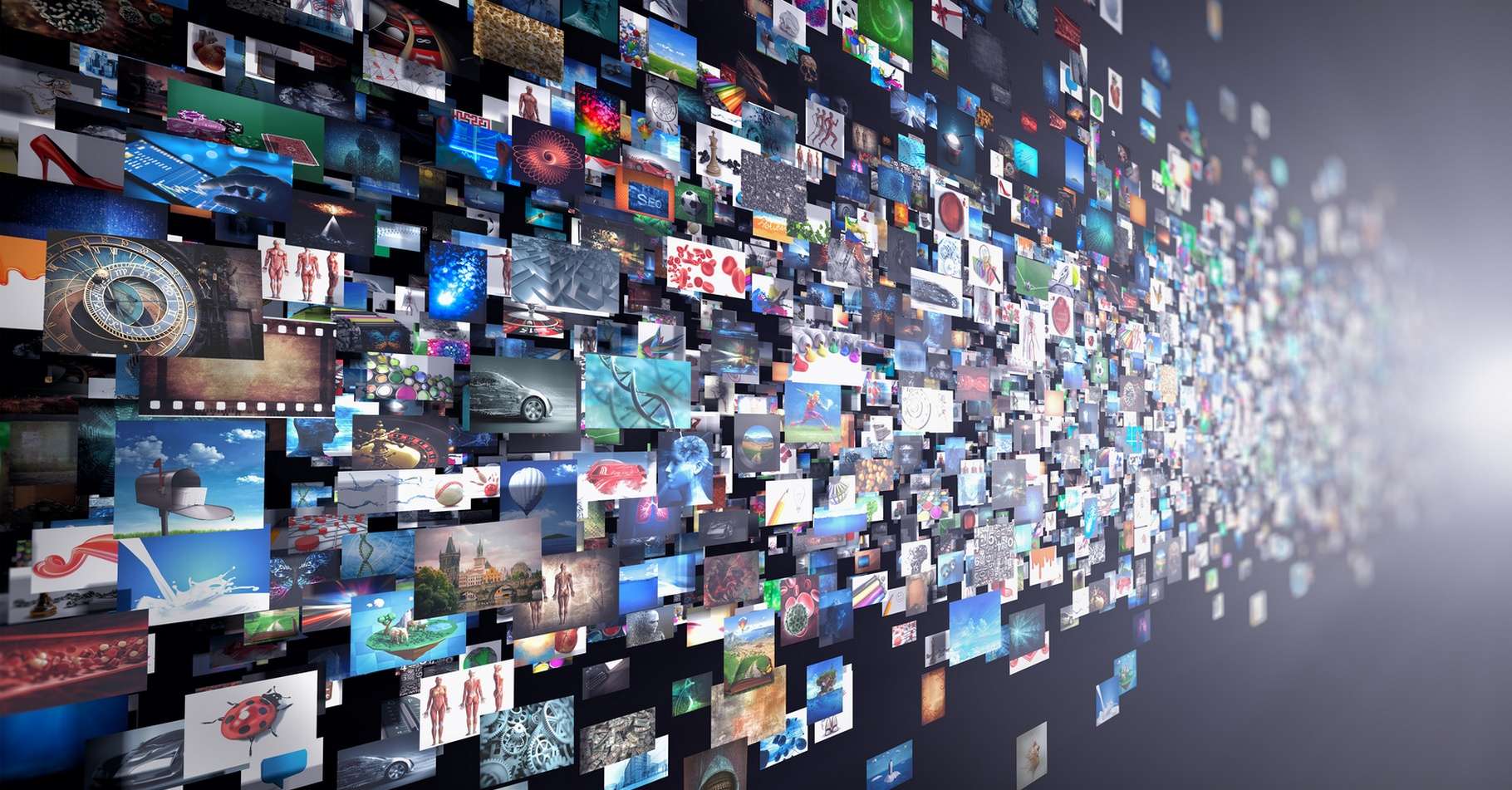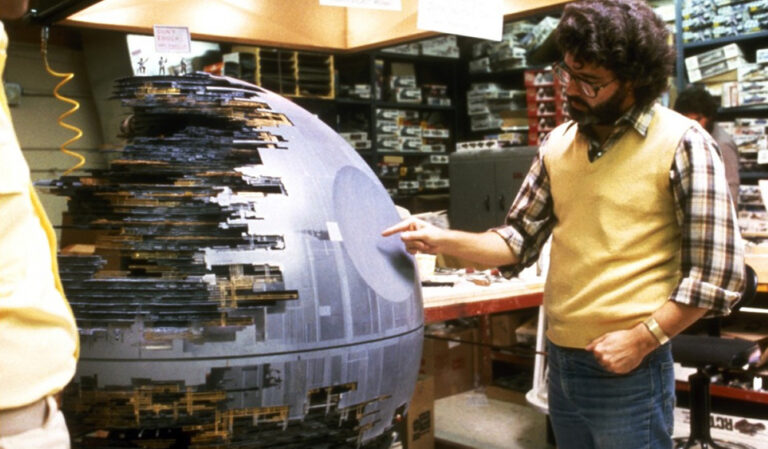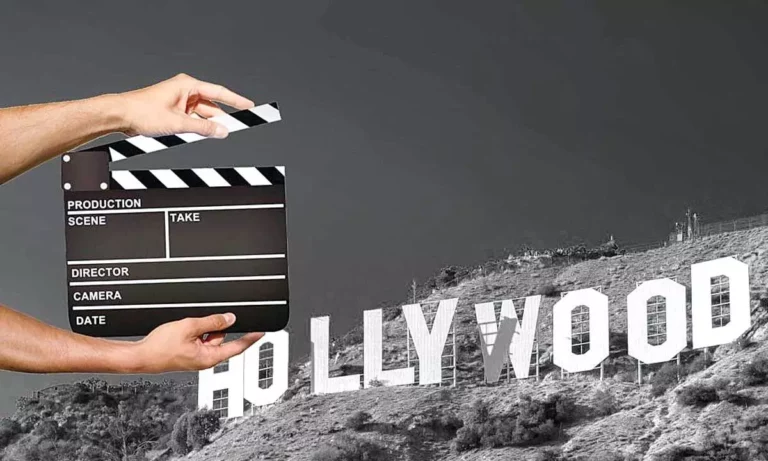
There was a time when going to the cinema was an event. People planned their evenings around showtimes, stood in line for tickets, and debated trailers over popcorn. That world still exists—but it’s no longer the default.
Streaming platforms have reshaped not just how we consume films, but how they’re produced, marketed, and even remembered.
The shift from theaters to on-demand platforms is the most radical evolution in cinema since the invention of home video. And it’s only accelerating.
The Decline of the Traditional Box Office
Numbers don’t lie
In the early 2000s, a film’s theatrical release was everything. Today, even major blockbusters see shorter runs, with some hitting digital platforms within weeks.
The pandemic accelerated this trend, but it didn’t start it.
What changed:
- Streaming giants began producing their own films
- Theaters became less accessible (cost, convenience, geography)
- Audiences shifted habits toward home viewing
A different definition of success
Before, success was measured in opening weekend box office numbers.
Now? It’s about:
- Streams in the first 72 hours
- Retention rates
- Social buzz
- Global reach
A film might flop in theaters but trend for weeks on Netflix—sometimes reaching far wider audiences than it ever would in cinemas.
Originals, Exclusives, and the Battle for Eyeballs
The content war
Netflix started the “original film” race, but now:
- Apple TV+ wins Oscars (CODA)
- Prime Video funds bold genre experiments
- Disney+ expands its cinematic universe directly to fans
- Hulu, Max, and Paramount+ compete for niche and prestige content
Studios no longer rely solely on theatrical runs—they aim for long-term platform loyalty.
Quantity over quality?
Some critics argue streaming has led to a flood of forgettable content. But it also gave rise to:
- Risky indie films
- Diverse international voices
- Documentaries that go viral overnight
- Slow-burn dramas that thrive via word-of-mouth
How Streaming Affects Movie Structure
Faster starts, shorter runtimes
Because viewers can abandon a film in seconds, many streaming originals:
- Skip long intros
- Hook viewers early
- Keep runtimes under 2 hours
Movies are being engineered for attention in an age of distraction.
Binge vs standalone
Streaming also blurred the line between movies and series. Some stories feel like extended episodes, others like segmented films (Fear Street trilogy, for example).
Filmmakers now consider: should this be a 2-hour film or a 6-episode miniseries?
The Impact on Global Storytelling
Local stories, global reach
Korean thrillers, Indian crime dramas, and Spanish romances are now consumed by millions across the world.
Streaming doesn’t just export movies—it exports cultures.
Success stories:
- Parasite sparked global interest in Korean cinema
- RRR and Delhi Crime found Western fanbases
- Money Heist became a worldwide phenomenon
Filmmakers no longer cater only to domestic markets—they build for global resonance.
The Fall of the Middle-Budget Film
Studios used to make dozens of mid-budget dramas and comedies per year. Think The Social Network or The Devil Wears Prada.
Now, those stories often go straight to streaming—or don’t get made at all.
Theaters focus on:
- Franchises
- Superhero films
- Horror hits
- Animated family blockbusters
Everything else? Straight to platform.
The Rise of the Data-Driven Film
Streaming services know exactly:
- When you hit pause
- What scenes make viewers stop watching
- Which titles trend in which countries
- How long you watched a film—even if you didn’t finish
This data helps guide greenlighting decisions. It also shapes trailers, thumbnails, and release dates.
Cinema has never been more personalized, or more engineered.
Challenges That Remain
Discovery
With so much content, great films often get buried. Algorithms favor what’s already trending.
Marketing has shifted from trailers in theaters to TikTok clips, Reddit buzz, and autoplay previews.
Longevity
Films used to live in theaters, then home video, then TV syndication.
Now, a film might trend for a week and disappear. Digital releases often lack cultural permanence—unless they spark a meme, quote, or viral scene.
So Is the Movie Theater Dead?
Not at all. Theaters are adapting:
- Premium experiences (IMAX, 4DX, recliners)
- Nostalgia screenings
- Events and director Q&As
- Focus on communal, high-impact films
For some stories, the big screen still matters. It just shares the stage now.
Final Thoughts
Streaming didn’t kill cinema—it evolved it.
We’re in a new golden age of access, diversity, and experimentation. Stories are reaching more people, from more voices, than ever before.
But with that comes new responsibilities: to curate smarter, market better, and tell stories worth watching—not just streaming.
Because no matter the platform, a great film still moves us. The rest is just screen size.





